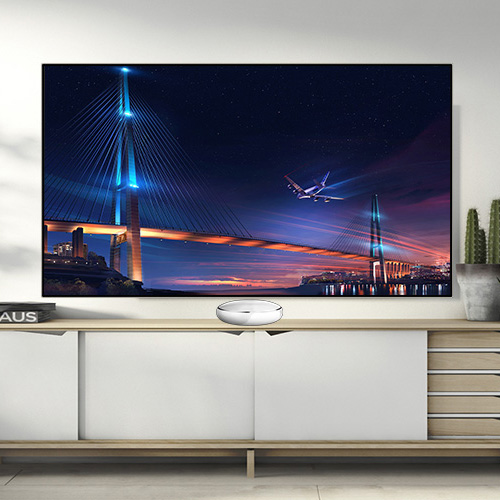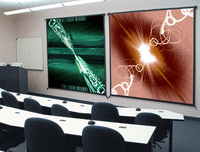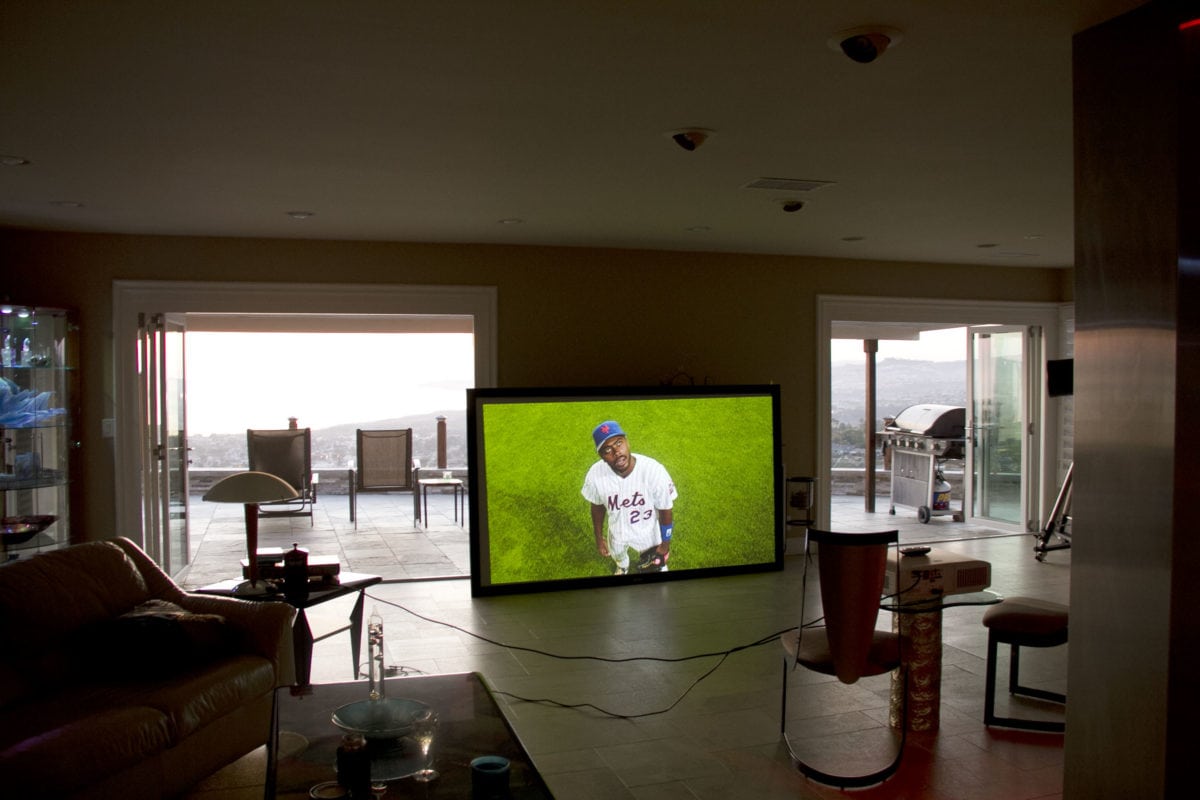

The ALR technology that your surface is using, there will still be some ambient This is often referred to as a lenticular structure. Having different absorption and reflectivity properties with lens-like elements. Optical ALR screens are usually composed of multiple layers with each layer If the projector is angled down at a 15 degree angle, the audience will get theīrightest image while viewing the screen looking up at 15 degrees.ĪLR screens negate ambient light by using optics.

This means that your projected image will reflect back to theĪudience at the mirror-opposite angle to the projector hitting the screen. Some ALR screens work due to a principal referred to as Angular The other light in the room is reflected back in some other direction. Such a way that the projector's light is bounced towards the audience, while This effect is achieved by positioning the projector and screen in

Image (gain) within a certain area (viewing angle).Īn ALR screen works by selectively reflecting light back to theĪudience. This is often done to increase the brightness of the reflected Sense that they may reflect light back in one direction more than otherĭirections. Some projector screens may not be purely diffuse reflectors in the Precisely opposite the one at which that light arrived, such as a mirror. Surfaces that reflect back at only one angle are referred to specular reflectors - they reflect light at an angle The light is reflected back in many angles, rather than just at one angle. The most common screen surfaces reflect the incoming light uniformly Ambient Light Rejecting ( ALR) screens differ from a regular screens


 0 kommentar(er)
0 kommentar(er)
